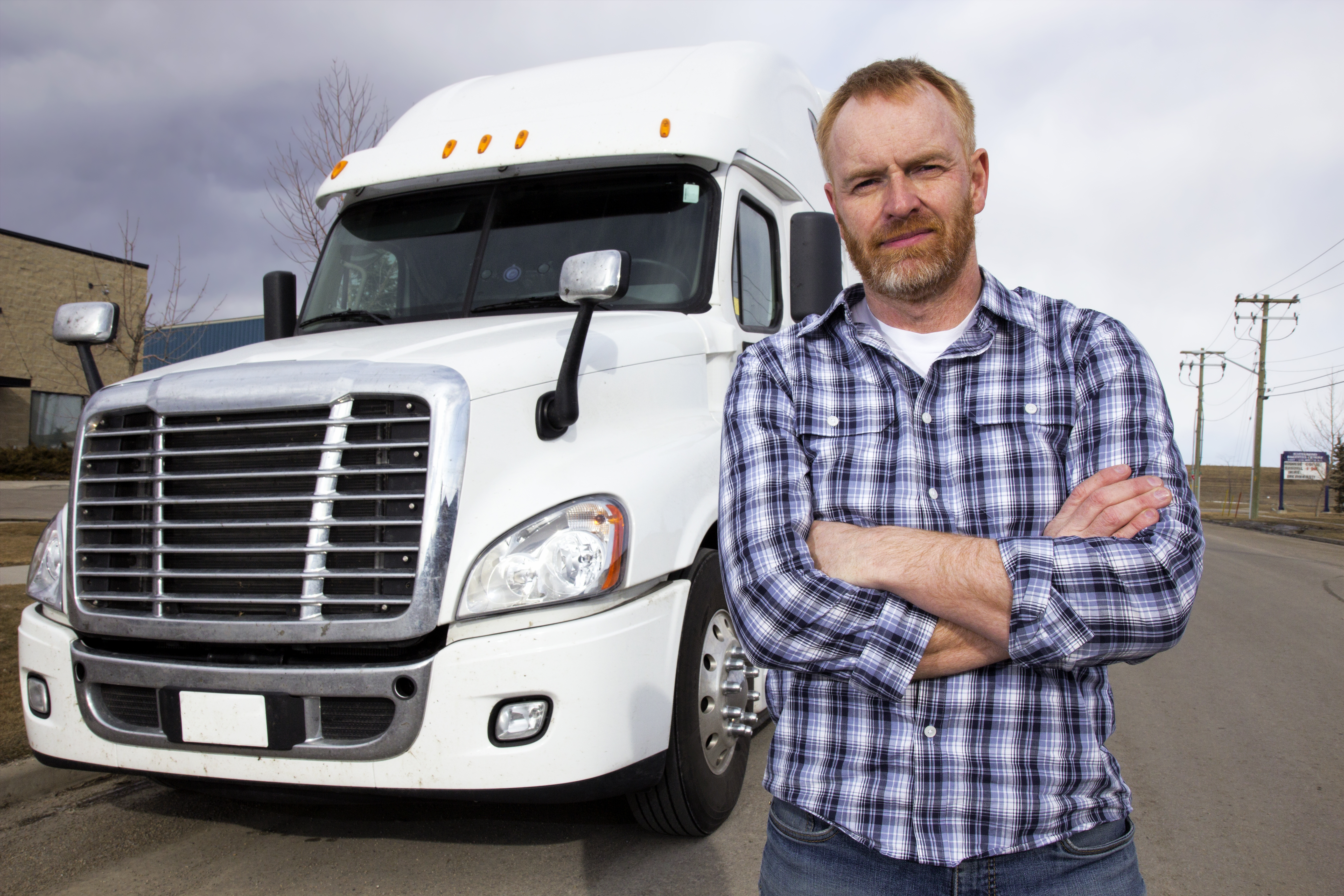.jpg.aspx?lang=en-US&width=500&height=333)
How often do we hear on the news after an accident, “We need more driver training?”
After a commercial truck tries to drive on a bridge that is too small, or go down a walkway and then blame it on the GPS directions, we have to wonder who was looking out of the windshield? Driver training is not going to fix this type of problem. What driver training can fix is gaps in our knowledge. We do not get into a truck knowing how to go down steep mountains, how to back up a trailer, to maneuver in tight spots, or how to travel through traffic safely and courteously.
Common sense goes a long way in becoming a proficient truck driver, but becoming an excellent truck driver takes practice, watching other people, and networking. How do we learn new skills every day? Education. Education. Education. Talk to other drivers, read articles, and watch to see how others are using truck technology.
For example, going down a mountain in a passenger car is much different than going down a mountain in a semi truck weighing 80,000 lbs. Learning to go down the hill in the safest, most efficient manner possible is made easier by education, learning from others, and new truck technology.
When going down my first long steep mountain in our 2012 Cascadia, I was happy that I have the network I do. The Freightliner was new to me, and I was still learning cruise and the engine compression brake. Before getting to this downgrade, I learned from others how to set my cruise for the optimal engine brake to assist me in keeping the truck at a safe speed.
Using cruise control with collision mitigation was another skillset that had to be learned. I had to learn how to work with the Freightliner Cascadia and not against it. Looking out the windshield, I can see a broader range of what is happening in front and to the sides of our truck, and I can see if something happening around us is a danger or not. My input using the accelerator or the brake lets the truck know that I am in control and the collision mitigation does not need to react. Working in partnership with this safety system puts us at less risk of having an accident.
Another item that we have used for years in our trucks is the Lane Departure Warning System (LDWS). This is the most annoying, aggravating, yet, best system we have in the truck. Using the LDWS is a must as far as I am concerned and especially in a team driven truck. While the sound of the electronic rumble strips is annoying, it is also lifesaving. When reaching for something, without knowing it, we often move the steering wheel slightly, and the LDWS is always there to give an audible warning.
We have many distractions to deal with out of our windshield, but all of the safety devices on our trucks - and our common sense - are there to assist us in becoming some of the safest drivers on the road!